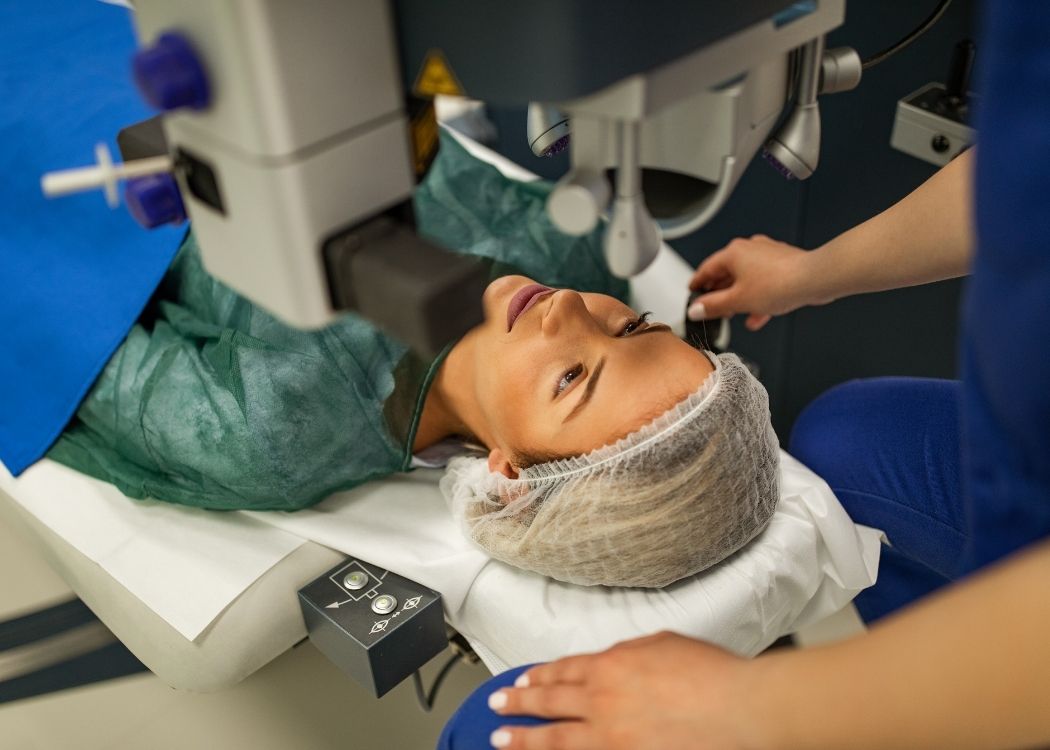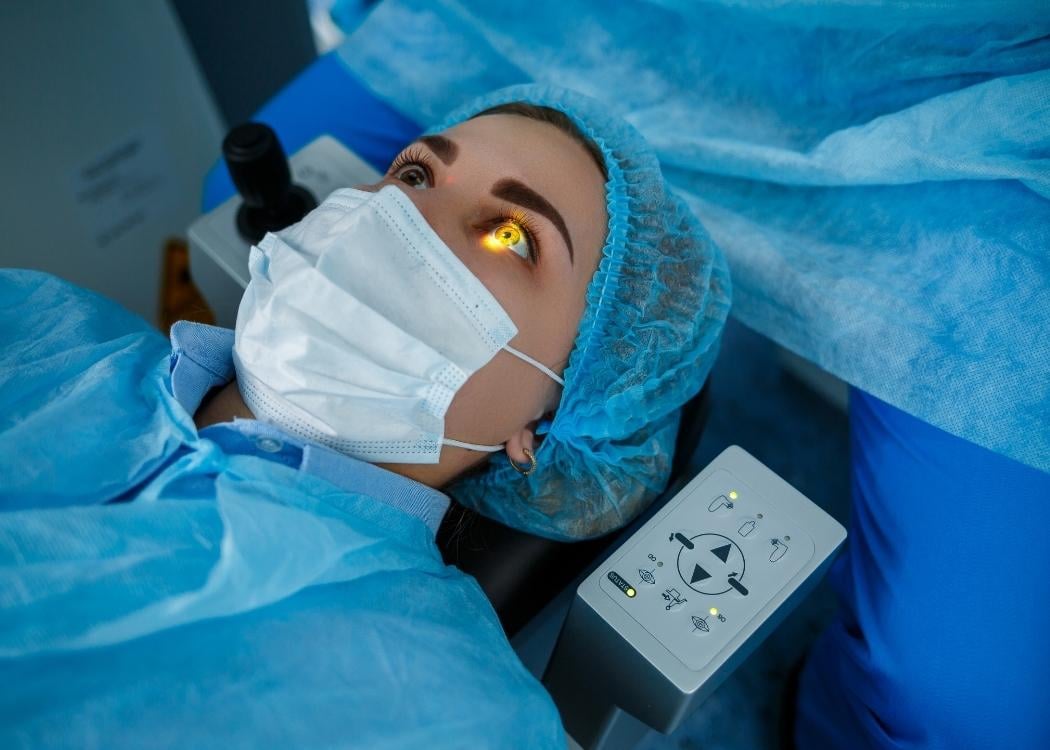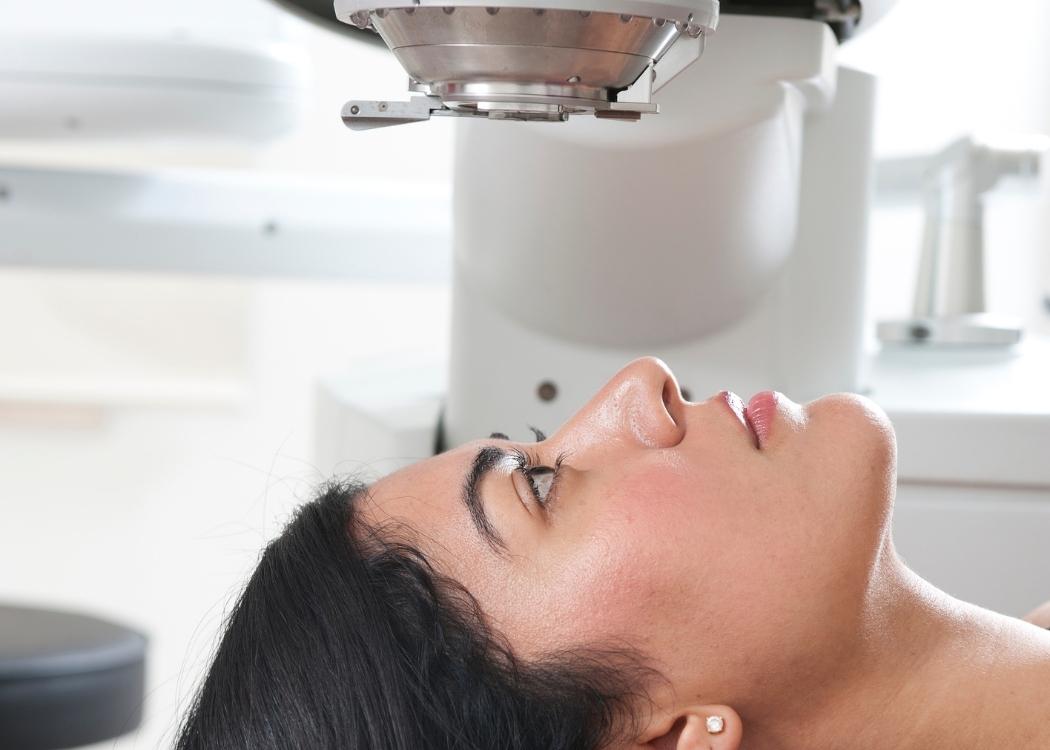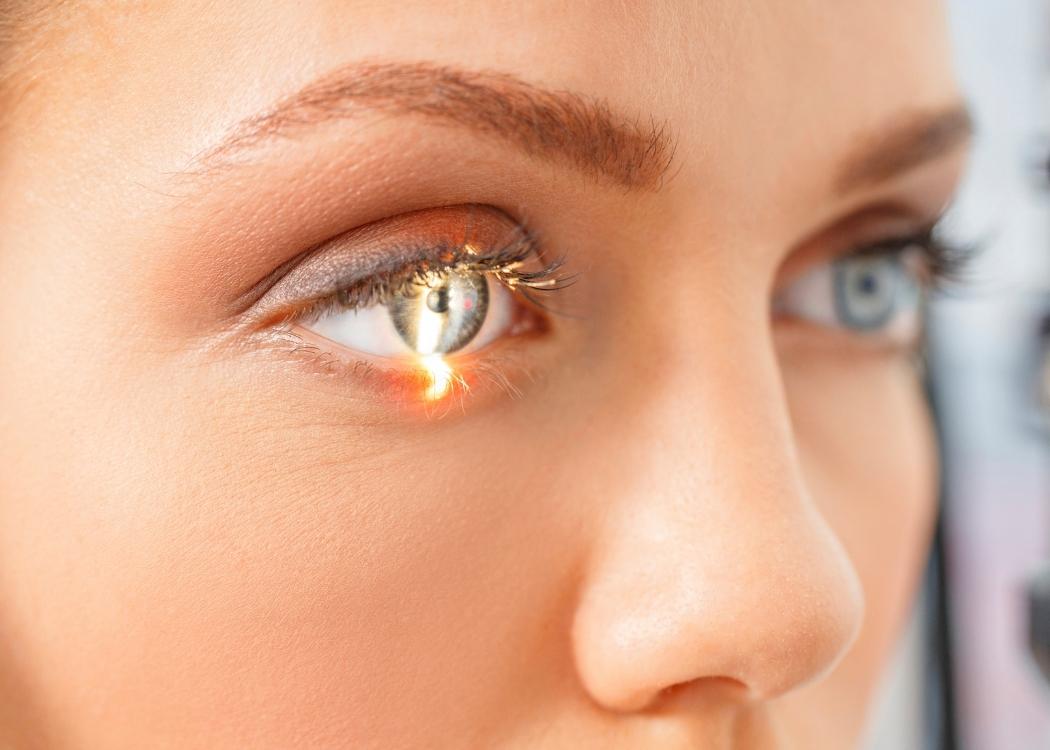Laser Eye Surgery
Laser eye surgery, including procedures like LASIK and SMILE, utilizes advanced laser technology to reshape the cornea and correct vision issues such as nearsightedness, farsightedness, and astigmatism. These minimally invasive surgeries aim to reduce or eliminate the need for glasses or contact lenses, providing improved vision and enhanced quality of life for many patients. Turkey, especially Istanbul, has become a sought-after destination for these surgeries due to its state-of-the-art medical facilities and cost-effective options.

Several laser and non-laser refractive surgical procedures have been used to modify the shape of the cornea and correct myopia, hyperopia, astigmatism, and presbyopia. The introduction of the laser to reshape the cornea has resulted in remarkable developments in the correction of these refractive errors. Combined with other advanced ophthalmological instruments, laser refractive eye surgery has resulted in a substantial rise in the safety, efficacy, and predictability of surgical outcomes. Two types of surgeries that are called SMILE laser and LASIK laser have gained wide interest among patients with visual impairment problems.
Laser Eye Surgery in Turkey
Turkey, particularly Istanbul, offers a unique advantage as a hub for both LASIK and SMILE laser eye treatments. Istanbul’s renowned medical facilities, equipped with cutting-edge technology and staffed by experienced surgeons, provide cost-effective options for patients seeking vision correction. Istanbul’s strategic location at the crossroads of Europe and Asia also ensures short waiting times, making it convenient for international patients. Beyond medical excellence, the city’s rich cultural heritage and accessible English-speaking healthcare professionals enhance the overall experience for patients seekingLASIK or SMILE procedures. Istanbul’s appeal lies not only in its advanced medical services but also in its ability to offer a comprehensive and culturally enriching journey for those looking to improve their vision.

Turkey has gained a strong reputation for its advanced eye surgery facilities, thanks in large part to the presence of numerous skilled ophthalmologists. Some of its hospitals have become known for their exclusive focus on eye care, offering cutting-edge technology and a comprehensive range of procedures. What’s particularly noteworthy is that some of these Turkish eye hospitals are expanding their reach by opening branches in Europe. This expansion highlights not only the success of Turkish eye surgery but also the increasing demand for the expertise of Turkish ophthalmologists. These hospitals are now bringing their solutions, even for the most challenging eye procedures, closer to patients in Europe, promising world-class eye care with a track record of excellence.
Cost of a Laser Eye Surgery in Turkey
Laser eye surgeries, such asLASIK and SMILE, are renowned in Istanbul for their cost-effectiveness compared to several European countries. LASIK surgery in Istanbul typically ranges from $1,000 to $2,500 per eye, while SMILE procedures may be slightly pricier, varying between $1,500 and $3,000 per eye. Moreover, the city offers medical tourism packages that encompass accommodations and transportation, further reducing the overall costs. In contrast, countries like theUnited Kingdom, Germany, and other European countries tend to have higher pricing for these procedures, with LASIK and SMILE costs often exceeding Istanbul’s rates, making Turkey a favored destination for affordable laser eye surgery.
Types of Laser Eye Surgery
There are two primary types of laser eye surgery:LASIK and SMILE. Each of these procedures employs advanced laser technology to reshape the cornea, offering effective solutions for vision correction and reducing reliance on glasses or contact lenses.
LASIK Eye Surgery
LASIK is a surgical procedure designed to reduce an individual’s reliance on glasses or contact lenses. It’s an acronym for “Laser-Assisted In Situ Keratomileusis”and involves a permanent alteration of the cornea’s shape, the transparent front covering of the eye, through the use of an excimer laser. During the procedure, a microkeratome, a small knife, is employed to create a flap in the cornea, with a hinge left at one end. This flap is then folded back, exposing the stroma, which is thecentral part of the cornea. Precisely controlled laser pulses from a computer are used to remove a portion of the stroma, after which the flap is repositioned.

Just like a camera lens focuses light to produce an image on film, the cornea in the eye plays a similar role in focusing light to create an image on the retina. So LASIK surgery aims to modify the eyes’ ability to focus. procedures can be applied for all three of the reflective errors, namely: myopia, hyperopia, and astigmatism
Thesurgical procedure typically lasts under half an hour. During the surgery, you will be positioned in a reclined chair within an examination room that houses the laser equipment.
Most of the doctors suggest initial follow-up within the 24 to 48 hours following the surgery and continue with scheduled appointments at regular intervals for a minimum of the initial six months.
SMILE Laser Eye Surgery
SMILE is a minimally invasive laser eye surgery using a femtosecond laser to reshape the cornea, unlike LASIK avoiding corneal flaps. Instead, it involves a small incision to remove a corneal tissue piece (lenticular), correcting myopia and sometimes astigmatism. SMILE is less invasive than LASIK, but its availability can be limited due to specialized equipment and training, and the procedure might be slightly lengthier than LASIK.

SMILE surgery can provide moderate astigmatism correction. However, its ability to correct astigmatism is not as extensive as some other refractive surgery options, such as LASIK or PRK, which may be more suitable for individuals with higher degrees of astigmatism. While SMILE surgery can offer moderatecorrection for astigmatism, it’s important to note that its capacity for astigmatism correction may not be as comprehensive as certain alternative refractive surgery methods. However, in the context of correcting high myopia, SMILE surgery has demonstrated a high level of refractive predictability.
FollowingSMILE surgery,a series of post-operative appointments are essential for monitoring your eye’s healing and vision progress. The first check-up takes place within the initial 24 to 48 hours after surgery, followed by subsequent visits at one month, three months, six months, and one-year post-surgery. During these appointments, your surgeon will assess visual acuity at different distances,evaluate the cornea’s healing,analyze your prescription for potential adjustments, monitor intraocular pressure to detect signs of glaucoma and assess tear production and quality to address any temporary dry eye symptoms. These comprehensive assessments ensure your eye health and visual outcomes are on the right track throughout your recovery.
Why Choose Laser Eyer Surgery in Istanbul Turkey?
Istanbul emerges as an ideal choice for laser eye surgery for several compelling reasons. The city boasts renowned medical facilities equipped with cutting-edge technology, and its experienced surgeons offer a high level of expertise in vision correction procedures like LASIK and SMILE. Furthermore, Istanbul’s strategic location at the crossroads of Europe and Asia ensures minimal waiting times for international patients, enhancing convenience.

Beyond medical excellence, Istanbul offers a culturally enriching experience with its rich heritage and accessibleEnglish-speaking healthcare professionals, making it an attractive destination for individuals seeking to improve their vision while enjoying a comprehensive and rewarding journey. Additionally, the cost-effectiveness of laser eye surgery in Istanbul, compared to many European countries, further solidifies its reputation as a top choice for affordable and high-quality vision correction.



